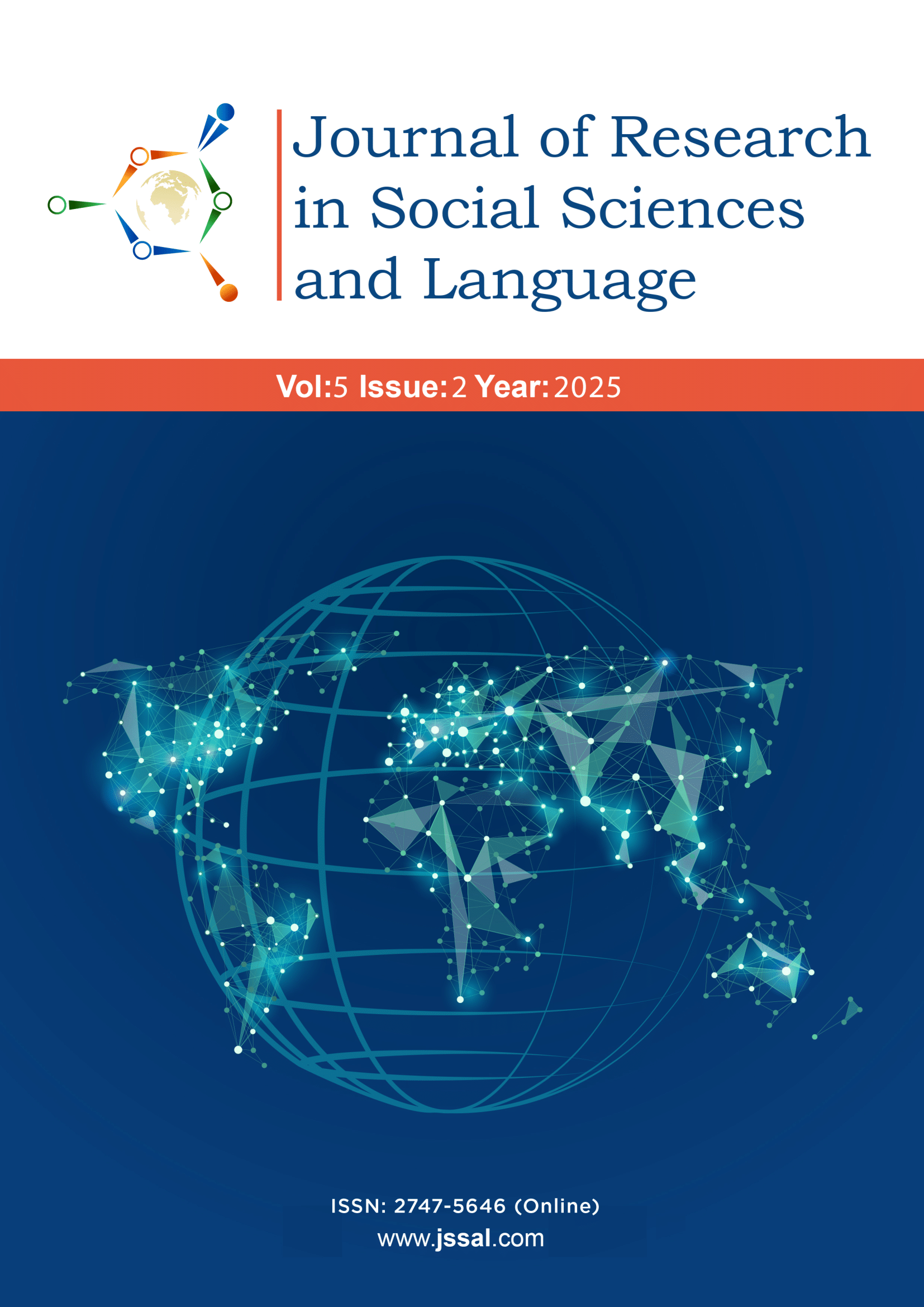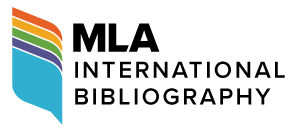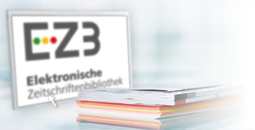Multilingualism at the Interface of Formal and Non-Formal Education: Insights from the German Education System
DOI:
https://doi.org/10.64782/jssal/2025.169Keywords:
Multilingualism,, co-operation in education, non-formal education, German as a second languageAbstract
In an increasingly globalised world, linguistic diversity in schools is a much-discussed topic. Research in recent years has shown that the productive inclusion of multilingualism in the classroom is possible and conducive to learning. Nevertheless, it remains an exception in everyday teaching practice. Instead, measures that address language in the educational context of the migration society often focus exclusively on promoting German as a second language. This situation can be explained by, among other things, the historically monolingual orientation of schools. This article raises the question of whether and to what extent non-formal educational actors affect these manifest habits by cooperating with schools. To this end, collaborations between formal schools and non-formal education stakeholders in Frankfurt/Main, Germany that focus on language education are analysed. Four types of cooperation are differentiated according to their formal orientation and categorised into a continuum of three areas of language education: language support for all children regardless of family language, promotion of German as a second language and promotion of multilingualism. While the proportion of programmes promoting multilingualism is very low, these programmes tend to enter into very far-reaching forms of cooperation. It can be deduced from this that non-formal players have the potential to at least soften the monolingual structures of the formal education system.
Downloads
References
Akbulut, M., Bien-Miller, L., & Wildemann, A. (2017). Mehrsprachigkeit als Ressource für Sprachbewusstheit. Zeitschrift für Grundschulforschung, 10(2), 61–74.
Baumert, J., Hohenstein, F., Fleckenstein, J., Preusler, S., Paulick, I., & Möller, J. (2017). Die schulischen Leistungen an der SESB – 4. Jahrgangsstufe. In J. Möller, F. Hohenstein, J. Fleckenstein, O. Köller & J. Baumert (Hrsg.), Erfolgreich integrieren – die Staatliche Europa-Schule Berlin (S. 95–188). Waxmann.
Bello, B. (2022). Diversitätsbezogene Einstellungen von Lehramtsstudierenden und ihre Rolle bei der Gestaltung von Schule in der Migrationsgesellschaft. In Y. Akbaba, B. Bello & K. Fereidooni (Hrsg.), Pädagogische Professionalität und Migrationsdiskurse (S. 45–68). Springer VS. DOI: https://doi.org/10.1007/978-3-658-29043-6_4
Bildungsserver Berlin-Brandenburg. (2015, 10. November). Teil B: Fachübergreifende Kompetenzentwicklung [PDF]. Bildungsserver Berlin-Brandenburg. https://bildungsserver.berlin-brandenburg.de/fileadmin/bbb/unterricht/rahmenlehrplaene/Rahmenlehrplanprojekt/amtliche_Fassung/Teil_B_2015_11_10.pdf
Bialystok, E. (2007). Cognitive effects of bilingualism: How linguistic experience leads to cognitive change. International Journal of Bilingual Education and Bilingualism, 10(3), 210–223. DOI: https://doi.org/10.2167/beb441.0
Bleckmann, P., Fabel-Lamla, M. & Wischer, B. (2015). Bildung im Fokus – Staat und Stiftung in Kooperation. Eine Bestandsaufnahme der Deutschen Kinder- und Jugendstiftung. Deutsche Kinder- und Jugendstiftung.
Busse, V., & Hardy, I. (2023). Literalität und Mehrsprachigkeit: Begriffsklärungen, Förderansätze und Forschungsbefunde. Unterrichtswissenschaft, 51(2), 149–168. DOI: https://doi.org/10.1007/s42010-023-00175-0
Cunningham, C., & Little, S. (2022). “Inert benevolence” towards languages beyond English in the discourses of English primary school teachers. Linguistics and Education. Advance online publication. DOI: https://doi.org/10.1016/j.linged.2022.101122
Danilovich, Y., & Putjata, G. (Eds.). (2019). Sprachliche Vielfalt im Unterricht: Fachdidaktische Perspektiven auf Lehre und Forschung im DaZ-Modul. Springer VS. DOI: https://doi.org/10.1007/978-3-658-23254-2
David-Erb, M. (2022). Bildungskooperationen zwischen formalen und non-formalen Bildungsinstitutionen im migrationsgesellschaftlichen Kontext: Grenzziehungen und Durchlässigkeiten. Bildung und Erziehung, 75(1), 59–73. DOI: https://doi.org/10.13109/buer.2022.75.1.59
David-Erb, M. (2024). Sprache und Raum in non-formalen Bildungssettings: Perspektiven junger Geflüchteter auf ihre mehrsprachigen Lebenswelten. In C. Röhner, J. Schwittek, & A. Potsi (Eds.), Transmigration und Place-making (pp. 293–310). Barbara Budrich.
David-Erb, M., & Panagiotopoulou, J. (2025). Sprache und Sprachideologien in der Migrationsgesellschaft. In I. Diehm, M. Hummrich, W. Meseth, & G. Putjata (Eds.), Handbuch erziehungswissenschaftliche Migrationsforschung. Springer. Preprint: file:///C:/Users/David-Erb/Downloads/978-3-658-40621-9_8-1.pdf DOI: https://doi.org/10.1007/978-3-658-40621-9_8-1
Dirim, İ. (2015). Umgang mit migrationsbedingter Mehrsprachigkeit in der schulischen Bildung. In R. Leiprecht & A. Steinbach (Eds.), Schule in der Migrationsgesellschaft: Ein Handbuch (pp. 25–48). Debus Pädagogik.
Doğmuş, A. (2022). Migrationsverhältnisse und das autorisierte Lehramt – Eine rassismustheoretische Reflexion des Referendariats. In Y. Akbaba, B. Bello, & K. Fereidooni (Eds.), Pädagogische Professionalität und Migrationsdiskurse (pp. 69–87). Springer VS. DOI: https://doi.org/10.1007/978-3-658-29043-6_5
Freie und Hansestadt Hamburg, Behörde für Schule und Berufsbildung (Sprabi). (2023, February). Rahmenvorgaben Sprachbildung als Querschnittsaufgabe [PDF]. https://www.hamburg.de/resource/blob/122956/7dc6bfd261308a69d4c779ccadf7685f/sprabi-seki-sts-dl-data.pdf
Gogolin, I. (1994). Der monolinguale Habitus der multilingualen Schule. Waxmann.
Gogolin, I., Neumann, U., & Roth, H.-J. (2009). Schulversuch bilinguale Grundschulklassen in Hamburg. Universität Hamburg / Universität zu Köln.
Gombos, G. (2015). Perspektive Mehrsprachigkeit im Zeitalter der Diversität. In G. Gombos, M. Hill, V. Wakounig, & E. Yıldız (Eds.), Vorsicht Vielfalt: Perspektiven, Bildungschancen und Diskriminierungen (pp. 60–85). Drava.
Gomolla, M., & Radtke, F.-O. (2009). Institutionelle Diskriminierung: Die Herstellung ethnischer Differenz in der Schule. VS Verlag. DOI: https://doi.org/10.1007/978-3-531-91577-7
Kuckartz, U. (2018). Qualitative Inhaltsanalyse: Methoden, Praxis, Computerunterstützung (4th ed.). Beltz Juventa.
Kultusministerkonferenz (KMK). (2013). Interkulturelle Bildung und Erziehung in der Schule: Beschluss der Kultusministerkonferenz vom 25.10.1996 i. d. F. vom 05.12.2013. https://www.kmk.org/fileadmin/veroeffentlichungen_beschluesse/1996/1996_10_25-Interkulturelle-Bildung.pdf
Kultusministerkonferenz (KMK). (2015, October 9). Mit Bildung gelingt Integration [Press release]. https://www.kmk.org/fileadmin/Dateien/pdf/PresseUndAktuelles/2015/2015-10-09_PM_TOP_Fluechtlinge_Endversion3.pdf
McWhinney, E. (1992). The concept of co-operation. In International Law: Achievements and Prospects (pp. 425-436). Brill Nijhoff. https://brill.com/edcollchap/book/9789004632547/B9789004632547_s030.xml DOI: https://doi.org/10.1163/9789004632547_030
Plöger, S. (2023). Neuzuwanderung, sprachliche Bildung und Inklusion: Eine ethnographische Studie im Sekundarschulbereich. Springer. DOI: https://doi.org/10.1007/978-3-658-41313-2
Polat, S., & Lange, S. D. (2025). Systematic review on pre‐service and in‐service primary school teachers’ beliefs on multilingualism: A qualitative thematic review and a quantitative meta‐analysis. Review of Education, 13(1), e70046. https://doi.org/10.1002/rev3.70046 DOI: https://doi.org/10.1002/rev3.70046
Rösch, H. (2016). Sprachliche Bildung in der Migrationsgesellschaft. In A. Wegner & İ. Dirim (Eds.), Mehrsprachigkeit und Bildungsgerechtigkeit: Erkundungen einer didaktischen Perspektive (pp. 287–302). Budrich. DOI: https://doi.org/10.2307/j.ctvddznrn.21
Sandhaas, B. (1986). Bildungsformen. Ziele und Inhalte der Erziehung und des Unterrichts (Enzyklopädie Erziehungswissenschaft, Band. 3)(399–406). Stuttgart.
Warnke, I. H. (Ed.). (2018). Handbuch Diskurs (Vol. 6). Walter de Gruyter GmbH & Co KG. DOI: https://doi.org/10.1515/9783110296075
Downloads
Published
How to Cite
Issue
Section
License
Copyright (c) 2025 Melanie David-Erb

This work is licensed under a Creative Commons Attribution 4.0 International License.
The work is made available under the terms of the Public Offer and the Creative Commons Attribution 4.0 International License (CC BY 4.0). This license allows anyone to reproduce, distribute, and adapt the material in any medium or format, including for commercial purposes, provided that proper credit is given to the creator(s) and the original source.












